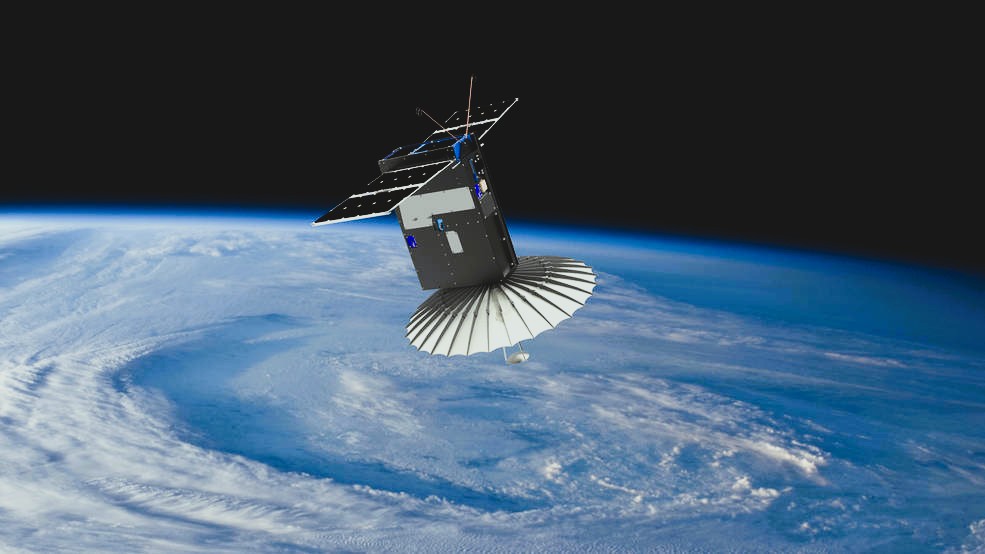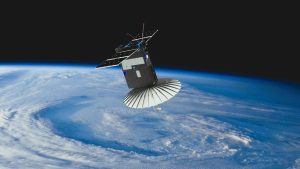
Attitude control systems (ACS) act as a spacecraft’s “steering wheel.” They manage the satellite’s orientation relative to reference frames, such as Earth, the Sun, or stars. ACS employs sensors to detect this orientation. Then, it uses actuators to adjust it and meet mission needs.
Larger satellites often feature complex ACS. However, CubeSat systems stay compact, low-power, and reliable. Thus, they ensure antennas point to ground stations. They also align solar panels for power generation. Moreover, they orient cameras for imaging tasks.

CubeSat ACS divides into two main categories: passive and active. Engineers select one based on mission complexity, budget, and pointing demands.
Passive ACS Methods
Passive systems rely on natural forces. They avoid power-hungry actuators, so they suit simple CubeSats.
Gravity Gradient Stabilization: Earth’s gravity aligns the satellite naturally. Designers create uneven mass distribution, like extending a boom from one end. This orients it toward Earth. The method costs little, yet precision limits to about 5-10 degrees. It works best in low Earth orbit (LEO).
Magnetic Stabilization: Permanent magnets or hysteresis rods interact with Earth’s magnetic field. They dampen rotations effectively. This approach saves energy but responds slowly. However, it fails in higher orbits.
Spin Stabilization: The satellite spins like a gyroscope for stability. Implementation proves simple. Still, it clashes with missions needing fixed pointing.
Passive ACS fits educational or tech-demo CubeSats, such as early GeneSat-1.
Active ACS Methods
Active systems deliver precise control. They use sensors and actuators, consume power, but achieve under 1-degree accuracy.
Reaction Wheels: Small electric wheels spin via angular momentum conservation. They rotate the satellite smoothly. These wheels gain popularity in CubeSats, often in triads for three-axis control. Magnetic torquers desaturate them afterward.
Magnetic Torquers: Coils generate magnetic fields to counter Earth’s field torque. They operate at low power with no moving parts. Yet, they limit to LEO and respond slowly.
Thrusters: Cold gas or micro-propulsion systems provide thrust for adjustments. They offer versatility. However, they consume propellant, which shortens mission life.
Control Moment Gyroscopes (CMGs): Advanced spinning rotors deliver high torque. They remain rare in small CubeSats due to size constraints.
Hybrid systems combine these, like reaction wheels with magnetic torquers for momentum dumping.
Sensors for Attitude Determination
Sun Sensors: They detect sunlight direction for coarse orientation, with ~1-5 degree accuracy.
Magnetometers: These measure magnetic fields to estimate position relative to Earth (~1-3 degrees).
Gyroscopes/IMUs: They track angular rates during dynamic changes. Engineers fuse them with other data.
Star Trackers: High-precision cameras identify star patterns (~0.01-0.1 degrees). For example, AAC Hyperion’s ST200 suits CubeSats.
Earth Horizon Sensors: They support nadir-pointing missions.
Actuators for Control
As mentioned, reaction wheels, magnetic torquers, and thrusters execute commands.
Software and Algorithms
Control laws compute torques. Simple ones use proportional-integral-derivative (PID). Optimal ones employ linear quadratic regulators (LQR). Simulations in MATLAB/Simulink or custom frameworks verify designs before launch.
Send us a message,we will answer your email shortly!